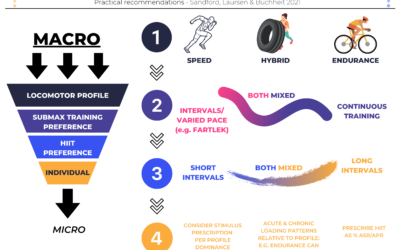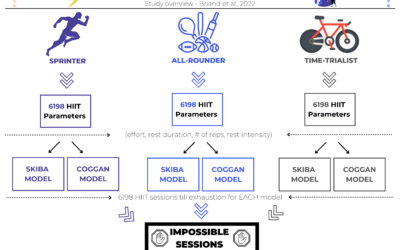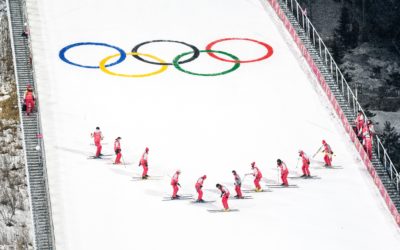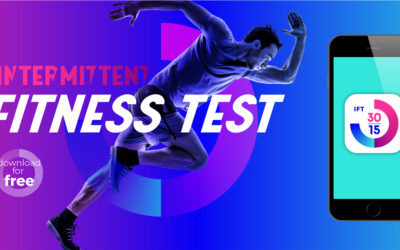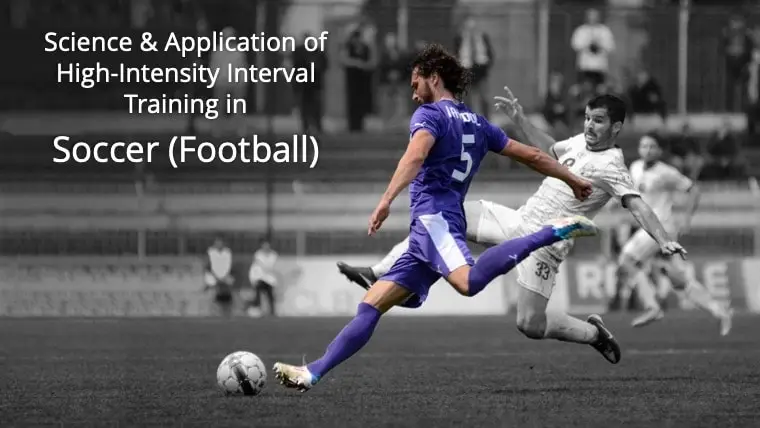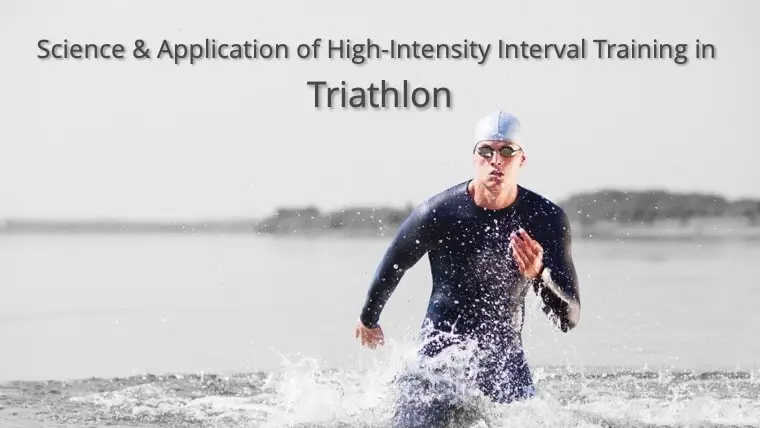Get Your Monthly Knowledge HIIT
The HIIT Science Blog
Stay up to date with the latest research, tips, and updates
Applying the Anaerobic Speed / Power Reserve in Practice
Intro and recap of key terminology. Many individual and team sport events require extended periods of exercise above the speed or power associated with maximal oxygen uptake (i.e., maximal aerobic speed/power, MAS/MAP). In the absence of valid and reliable measures of...
We’re hiring Sales Professionals!
Casual/part-time paid position (10-20h/wk) Start: ASAP Working alongside the entire HIIT Science team, this role will be mainly responsible for developing and delivering sales strategies for HIIT Science. You will also assist in developing the growth and innovation of...
Can Popular High-Intensity Interval Training (HIIT) Models Lead to Impossible Training Sessions?
Background High-Intensity Interval Training (HIIT) is a time-efficient approach to maximize physiological adaptation and optimize sports performance. In 2013, HIITscience founders Martin Buchheit and Paul Laursen wrote a review...
Speed Training: the missing HIIT Type
Introduction As you may know, one of the key concepts HIIT Science developed over the last 3 years is the HIIT Types. This was Martin’s brainchild from the team’s two part review written in 2013, and Paul wrote a simple blog titled ‘why the HIIT Types’ that more...
Five key factors for success at the Beijing Winter Olympics
We recently had the opportunity to chat with one of our contributors Øyvind Sandbakk on Episode 5 of the Training Science Podcast. One part of the discussion focussed on the unique challenges this Winter Olympic Games poses on the athletes and support teams. As we did...
Why does context matter? A nutrition example
Background One of the first posts we released on HIIT Science, by Martin, was in 2018 and titled Content is King, but Context is God. It's a principle we always go back to time and time again. In this post, more than 3 years later, we show yet another example from a...
The 30-15 Intermittent Fitness Test – two decades of learnings
Two decades? Really? Yep. Another masterpiece released by Martin in Sport Performance & Science Reports on his baby — the 30-15 intermittent fitness test (30-15IFT). After 20 years of use, the test is now implemented all over the world, mainly in team, racquet and...
We’re Hiring! Social Media and Marketing Associate
Social Media and Marketing Associate Casual/part-time paid position (10-20h/wk) Start date: December 1st (ideally) Working alongside the entire HIIT Science team, this role will be responsible to drive brand awareness and increase engagement for HIIT Science...
EGOalsBook: Your playbook for exercising your ego
EGO has created the best things in sport but also the worst Darcy Norman, Kitman Labs, US Men's National Soccer Team Background Sport is a sanctuary for ego. It’s one of the few places we’re allowed to have one, and, indeed, to celebrate and revel in it. Two...
Continuous Glucose Monitoring in Sport: Trendy or Useful?
Background The emergence of continuous glucose monitoring (CGM) devices has enabled deeper insight into the temporal dynamics of blood glucose concentration under real life settings (1). Compared with traditional finger prick samples, which are invasive and...
Using Submaximal Fitness Tests (SMFT) to Monitor Athlete Performance Status: Where to Next?
For this blog post we provide a brief practical and scientific background into submaximal fitness tests (SMFT) for team-sports, and invite eligible team-sport practitioners to have their say as how we should direct future practices and research for this area. ...
Tokyo 2020 – the COVID-19 Games
The postponed Tokyo 2020 Summer Games are now in full swing, albeit without the presence of in-person spectators. The word 'unprecedented' has been overplayed these past 18 months, but here we are again. In March of 2020, at the start of the pandemic, we published a...

